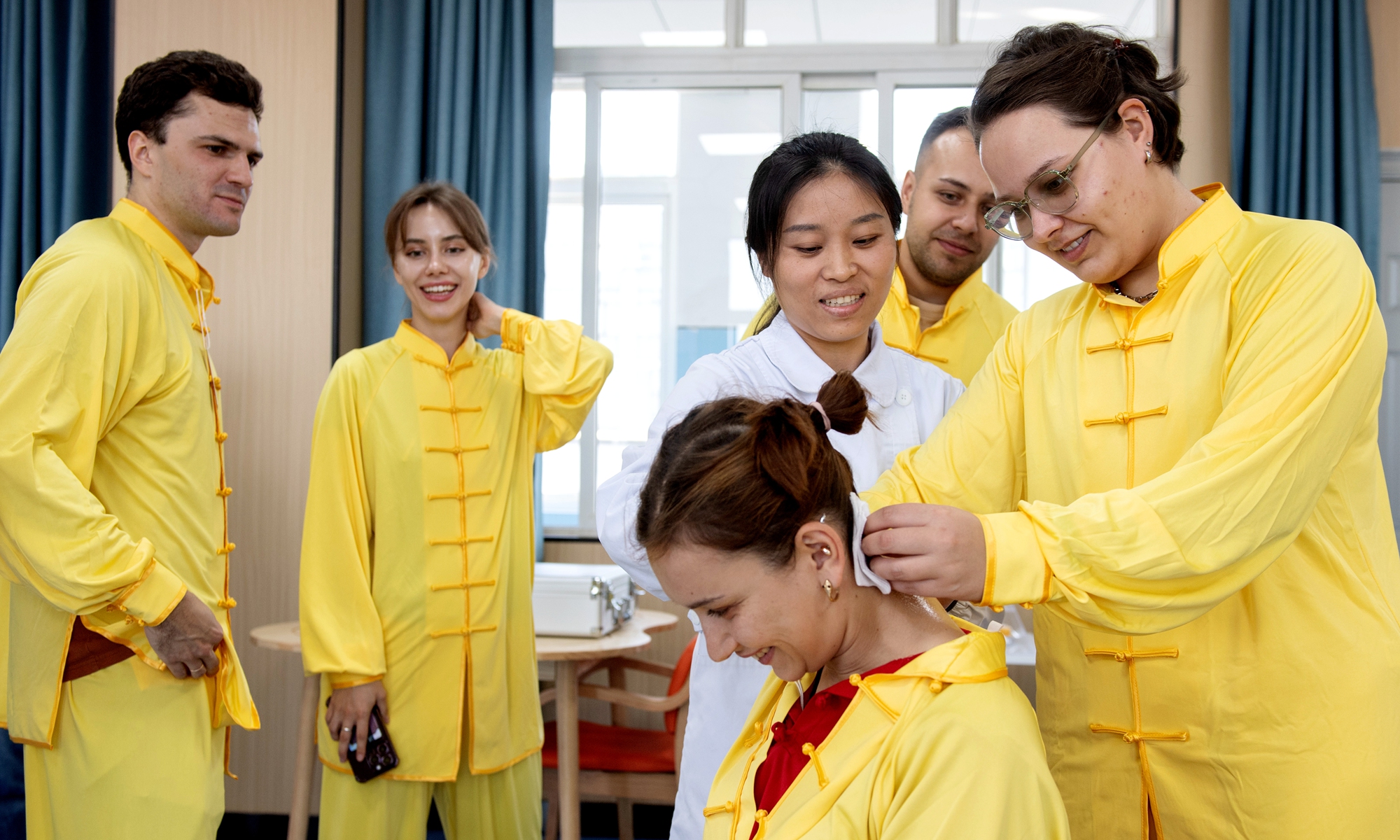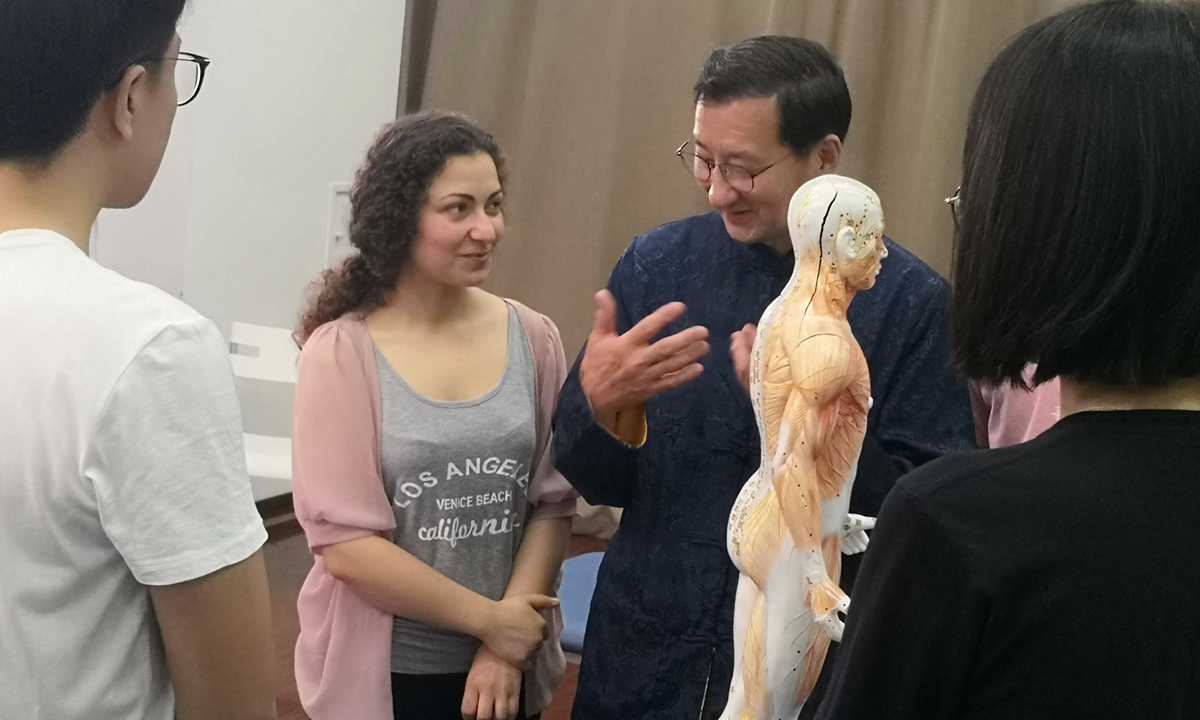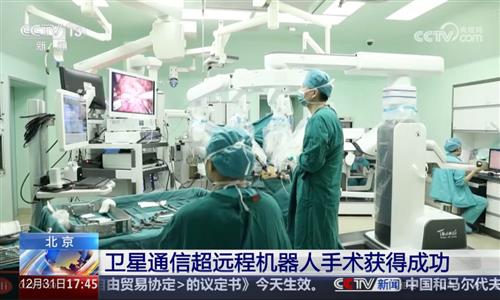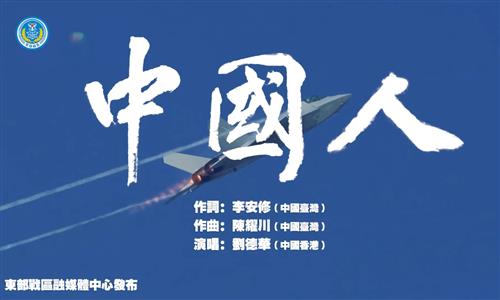New Year resolutions for your mental health
As we step into 2025, the buzz around resolutions intensifies.
People reflect on the past year, celebrate their achievements and set ambitious goals for the future.
These resolutions often revolve around physical fitness, career aspirations or financial stability.
However, New Year resolutions can be stressful to stick to.
They can create an internal struggle between what we think we should do and what we really want to do.
Therefore, it is better to take a practical approach by giving space to think about what we want to change to feel better and not create unrealistic goals.
New Year resolutions themselves can significantly impact mental health, both positively and negatively.
On the other hand, overly ambitious or vague resolutions may lead to feelings of inadequacy and failure when they are unmet.
The key lies in understanding the balance between aspiration and realism.
For many Malaysians, mental health issues have become increasingly relevant.
The stress of modern life, compounded by the lingering effects of the Covid-19 pandemic, has led to a significant rise in anxiety, depression and burnout.
By framing resolutions around mental health, individuals can prioritise self-care and resilience-building in 2025.
Mental health-friendly resolutions
Creating resolutions that enhance mental health does not require grand gestures.
Small, intentional steps can have a profound impact on your overall well-being, e.g.:
Sleep is often sacrificed in the hustle and bustle of life, but its impact on mental health cannot be overstated.
Poor sleep is linked to anxiety, depression and reduced cognitive functioning.
Resolve to establish a consistent sleep schedule and create a bedtime routine that promotes relaxation.
Techniques such as limiting screen time before bed can enhance the quality of your rest.
Gratitude is a powerful tool for mental well-being.
Studies show that individuals who regularly express gratitude experience increased happiness and reduced stress.
End each day by thinking about things you are thankful for that day.
Over time, this simple habit can shift your focus from challenges to blessings.
Similarly, forgiveness plays a crucial role in mental health.
Holding onto grudges, which are persistent feelings of ill will or resentment, can lead to stress, anger, and even physical health issues.
Resolve to practise forgiveness, whether forgiving yourself for past mistakes or others for their shortcomings.
Letting go can free up emotional space for growth and peace.
Recent events in our country highlight the importance of balancing accountability with compassion to safeguard emotional well-being.
Publicly shaming individuals for their forgivable lapses in life is not good for their mental health.
Justice must always be tempered with mercy, fostering a culture of empathy and understanding.
Loneliness and social isolation are significant contributors to poor mental health.
Resolve to nurture your relationships. Schedule regular meet-ups with friends, call family members or join community groups.
Genuine human connections are invaluable for emotional resilience.
While social media can be a tool for connection, excessive use often leads to feelings of inadequacy and anxiety.
Resolve to set boundaries, such as limiting screen time or taking regular digital detoxes, which are periods of time during which a person refrains from using electronic devices.
Instead, engage in offline activities that bring joy and fulfilment.
Obsession with political news creates a steady stream of negative input into our senses.
Undoubtedly, we all want to remain aware of what is going on in our country and the world, but if the news feed becomes overwhelming, it is better to turn away or reduce the watching to a bare minimum.
We should focus on issues within our sphere of influence or areas of interest.
For example, we can keep our elected representatives on their toes by communicating with them on a specific issue that concerns us, rather than being distracted by their lifestyle or social media presence.
Exercise is not just about physical fitness; it is a proven mood booster.
Physical activity releases endorphins, which act as natural stress relievers.
Whether you jog, dance, or even brisk walk, find an activity that you enjoy and commit to doing it regularly.
A pivotal resolution could be recognising when professional support is necessary.
Mental health struggles are not a sign of weakness.
If you are feeling overwhelmed, consider reaching out to a mental health therapist.
There is no shame in seeking empathy, care and support from a mental health professional when we have a lot on our plate and can no longer handle the stress.
This resolution could be the relief you need to navigate your mental health journey.
It is crucial not to fall into the trap of pushing ourselves too hard or too fast to fulfil the targets in our New Year’s resolutions.
Being realistic about our targets sets us up for success and empowerment in our mental health journey.
Tips for keeping resolutions
Setting resolutions is one thing; sticking to them is another.
Here are some strategies to help you stay committed:
Vague resolutions like “be happier” or “reduce stress” can be hard to measure.
Instead, set specific and realistic goals.
For example, replace “be happier” with “spend 30 minutes daily on a hobby”.
Achievable resolutions are more motivating and sustainable.
Large goals can be intimidating.
Break them into smaller, manageable steps.
For instance, if you resolve to practise mindfulness, start with five minutes a day and gradually increase the duration.
Recognising progress, no matter how small, can boost morale and reinforce positive behaviour.
Celebrate milestones and remind yourself of how far you have come.
Share your resolutions with a trusted friend or family member who can offer support and encouragement.
Alternatively, join a group with similar goals.
Shared accountability often leads to better outcomes.
It is natural to face setbacks.
Instead of being overly critical, practice self-compassion.
Acknowledge the slip-up, learn from it and get back on track without judgment.
Beyond individual goals
In Malaysia, discussions around mental health are still gaining traction, but the stigma surrounding mental illness often deters individuals from prioritising their emotional well-being.
However, the tide is slowly turning.
Public awareness campaigns and the efforts of advocacy groups are paving the way for a more open dialogue on mental health and well-being.
So, as you think about your New Year resolutions, consider how your actions can contribute to this cultural shift.
By openly prioritising mental health, you encourage others to do the same, creating a ripple effect that fosters a more compassionate society.
Beyond individual goals, consider community-focused resolutions.
Volunteer for mental health non-governmental organisations (NGOs), participate in awareness campaigns, or advocate for policies that promote access to mental health services.
Collective efforts can amplify the impact of your resolutions and benefit society at large.
In doing so, we not only enrich our own lives, but also inspire others to embark on their own journeys of well- being.
Here’s to a mentally resilient and fulfilling 2025!
Prof Datuk Dr Andrew Mohanraj is a consultant psychiatrist, the Malaysian Mental Health Association president and Taylor’s University Impact Lab on Mental Health & Wellbeing director. For more information, email starhealth@thestar.com.my. The information provided is for educational and communication purposes only, and it should not be construed as personal medical advice. The Star does not give any warranty on accuracy, completeness, functionality, usefulness or other assurances as to the content appearing in this column. The Star disclaims all responsibility for any losses, damage to property or personal injury suffered directly or indirectly from reliance on such information.
Related stories:
What mental health advocates can learn from the HIV/AIDS movement
Does pleading insanity mean you can escape legal punishment?
Promoting good mental health at the workplace
How our identity as Malaysians can be linked to mental well-being












